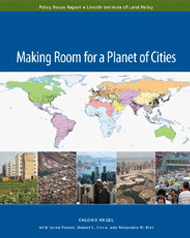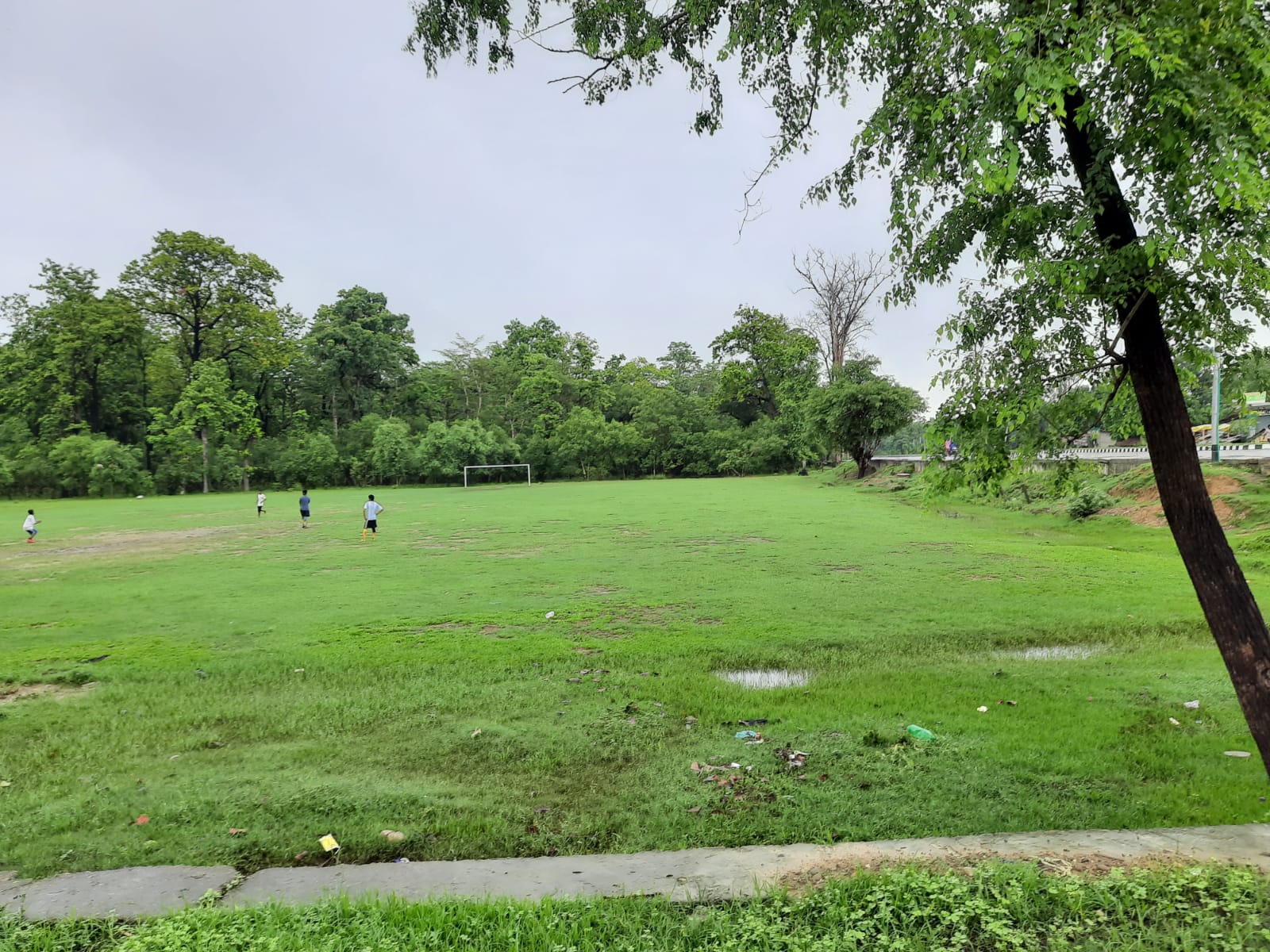
Specifically in developing countries, the urban population is expected to double between 2000 and 2030 while the built-up area of their cities can be expected to triple, says the report, “Making Room for a Planet of Cities.” The report’s analysis of the quantitative dimensions of past, present, and future global urban land cover suggests the need to adopt new approaches to prepare for explosive growth in cities, particularly in the developing world.
Abha Joshi-Ghani, Manager, Urban Development and Local Government unit at the World Bank, said: “Urbanization is the defining phenomenon of this century. The impact of rapid urbanization will be felt most acutely in developing countries where the built up area is expected to increase threefold while the urban population doubles by 2030. What is required is not a strategy of containment and restriction but one of generous metropolitan limits, selective protection of open spaces, and good transport and road planning. For this rapid and inevitable urban expansion to lead to equitable, inclusive, and green growth, we need to respond in innovative ways, embracing new paradigms. That is what this book is all about.”
Over half the world’s population lives in urban areas, including millions in informal settlements. Key findings of the report are that, on average, densities in developing countries are double those in Europe and Japan, while densities in Europe and Japan are double those of the United States, Canada, and Australia. On average, the annual growth rate of urban land cover was twice that of the urban population between 1990 and 2000. Most of the cities studied expanded their built-up area more than 16-fold in the twentieth century.
The research suggests that preparation for the sustainable growth of cities in rapidly urbanizing countries should be grounded in four key components:
1. Realistic projections of urban land needs;
2. Generous metropolitan limits;
3. Selective protection of open spaces; and
4. Arterial grids of roads spaced one kilometer apart that can support transit.
Making Room for a Planet of Cities provides both the conceptual framework and, for the first time, the basic empirical data and quantitative dimensions of past, present, and future urban expansion in cities around the world. These data are necessary for making minimal preparations for the massive urban growth expected in the coming decades.
“The research in this report will be indispensable to prepare for the surge of population growth expected in the developing world’s major cities,” said Gregory K. Ingram, President of the Lincoln Institute of Land Policy. “We are particularly pleased that the analysis in Making Room for a Planet of Cities will be accompanied by databases on our web site that will be freely available to anyone for further research.”
William Cobbett, Manager of Cities Alliance (a global partnership on urban poverty reduction and the promotion of the role of cities in sustainable development) said: “This research goes to the core of one of the world's most pressing developmental challenges: how to plan for the doubling of the world's urban population. The dominant current model is to marginalize and exclude the urban poor, and then spend two or three decades trying to fix the problem, at vast financial and human cost. The authors make a compelling case for a new paradigm that is both affordable and practical: anticipating, planning and making minimal preparation for future urban growth. If applied in the secondary and primary cities of Africa and Asia, such an approach could transform the future of developing world cities.”
In their study, the report’s authors carefully selected metrics measured to provide a comprehensive and consistent global and historical perspective on urban expansion:
- The built-up areas of a global sample of 120 cities with 100,000 people or more in 1990 and 2000, based on satellite images;
- Historic population density data in digital images for 20 U. S. cities, 1910–2000, based on census tracts;
- Built-up areas of a representative global sample of 30 cities, 1800–2000, from the set of 120 cities based on historic maps; and
- Urban land cover areas of the universe of 3,646 cities that had populations of100,000 or more in 2000, based on satellite images
Contacts:
The Report can be downloaded from the following sites:




